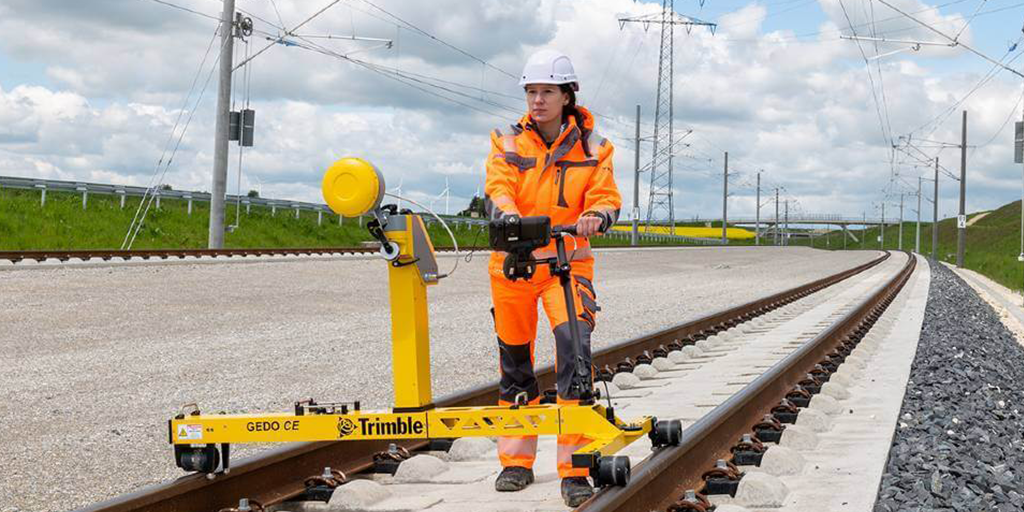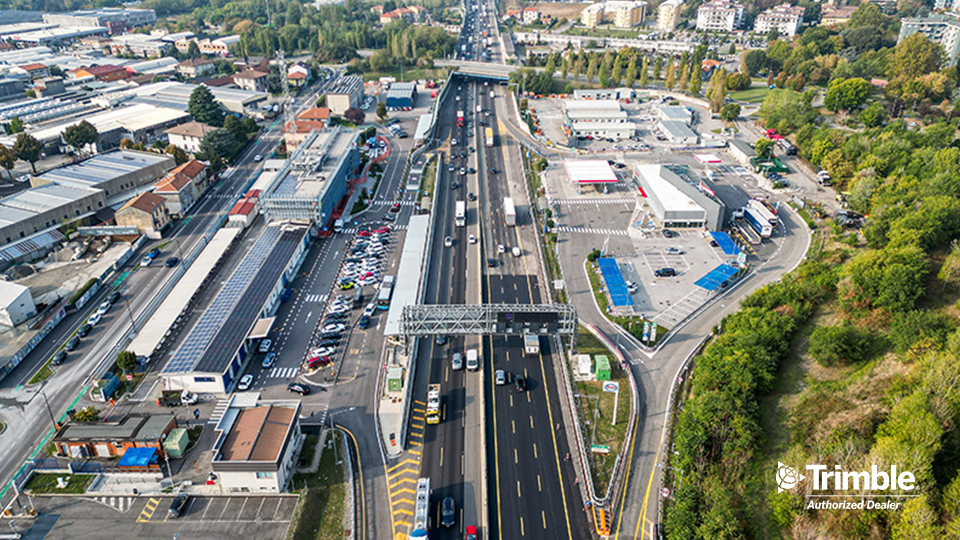Rail Monitoring: Easier Than Ever

Rail Monitoring Overview
Rail monitoring is a critical component to ensuring safe and continuous rail traffic, and it has typically required a substantial amount of manual data collection and calculations. Often rail monitoring is an activity that plays a critical role in the support of rail line operator safety during construction projects on or close to existing railroad tracks. Frequent rail monitoring can also help identify track changes caused by activities such as tectonic movement, heat waves, and other environmental conditions. Conventional methods used for rail monitoring are time-consuming—requiring multiple surveyors to manually collect each point along the rails—and often cause disruption to traffic flow and pose a potential risk to workers. In addition, complex calculations for large amounts of data are typically managed manually, impacting efficiency.
Trimble’s purpose-built T4D Rail module presents a streamlined total station-based rail monitoring workflow. Florian von Matt, a Trimble Monitoring customer and geomatics engineer at Wild Ingenieure AG in Switzerland said, “This unique solution provides a comprehensive perspective and a great opportunity to standardize rail monitoring data and deliverables. The T4D Rail module is simple to understand and will make work much easier for stakeholders that need to interpret and prepare data for analysis.”
Informed by current rail authority standards, the module allows professionals to meet comprehensive deliverable criteria. The automated process reduces field time, repeat site visits, and rail traffic disruptions and improves worker safety. Along with this, the software module provides real-time alarming for early awareness of critical impacts to support informed decision-making. This module allows more professionals to adopt rail monitoring as part of their business and for the work to be completed efficiently while meeting rail project standards...


